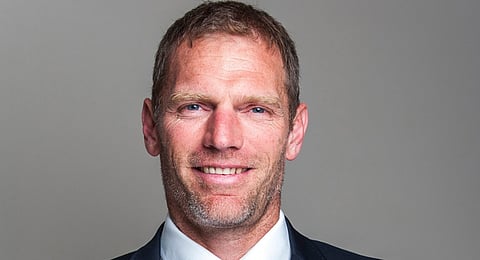Solar expert on Eskom’s woes: ‘We don’t need this chaos anymore’
JOHANNESBURG — Just before his pre-Davos press briefing this week, President Cyril Ramaphosa met with an Eskom task team to try deal with the headache that is our country's state-owned power utility. Eskom has been terribly run for years and after it asked for another massive price hike from regulator Nersa, it's set to continue to entrench itself as the most hated company South Africa has probably ever had. Eskom is also an outdated machine, relying heavily on dirty coal to provide what electricity is left in the country. But strong alternatives are emerging in the solar space and if regulations were relaxed a lot more, especially amid ever-improving battery technology, the ability of solar to provide SA's energy needs could become more significant in years to come, according to Manie de Waal, the CEO of Energy Partners Solar. Here is what he has to say. – Gareth van Zyl
It's a pleasure to welcome Manie de Waal, who is the CEO of a company called Energy Partners Solar. Manie, thanks for joining us on the podcast today.
Thanks a lot, Gareth.
___STEADY_PAYWALL___

